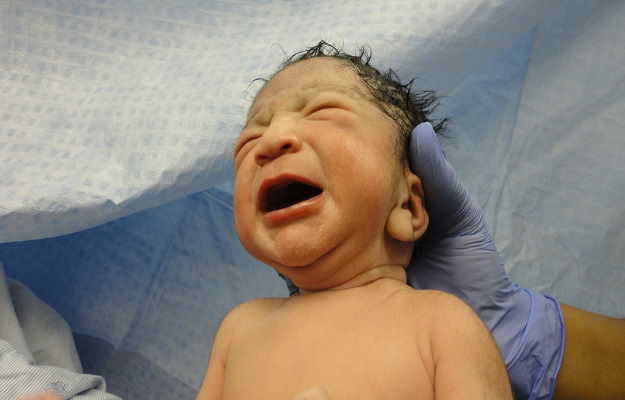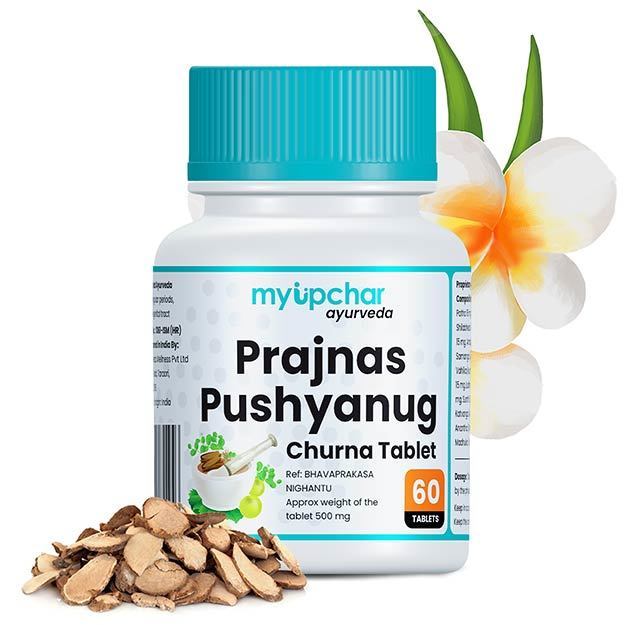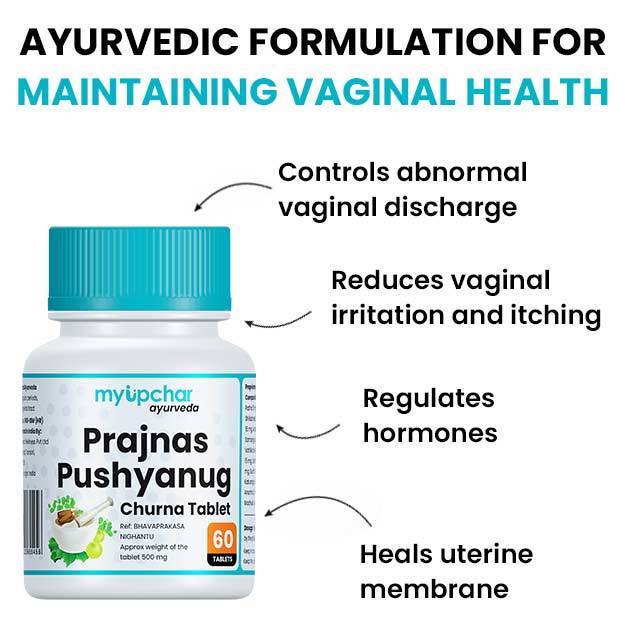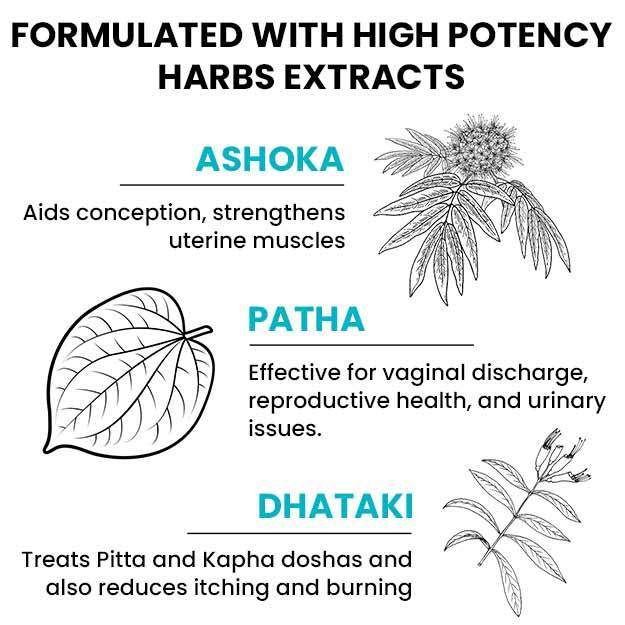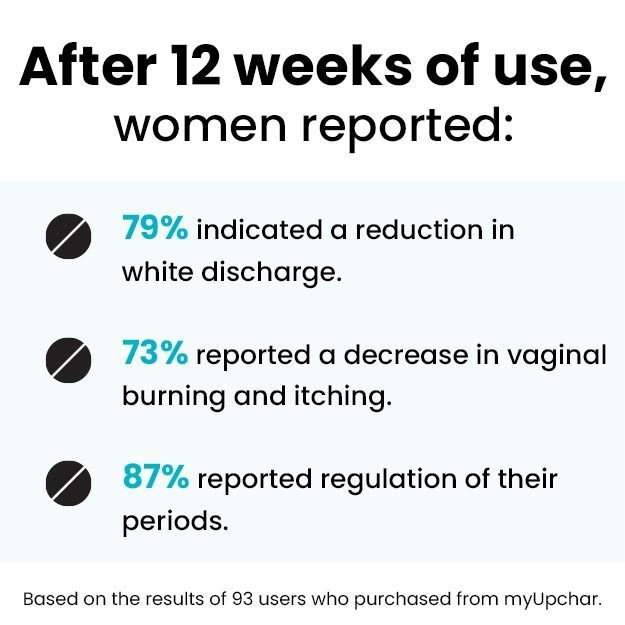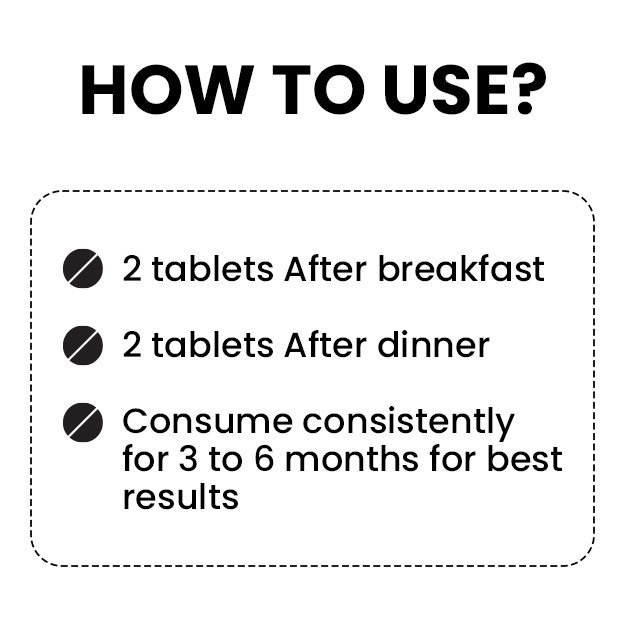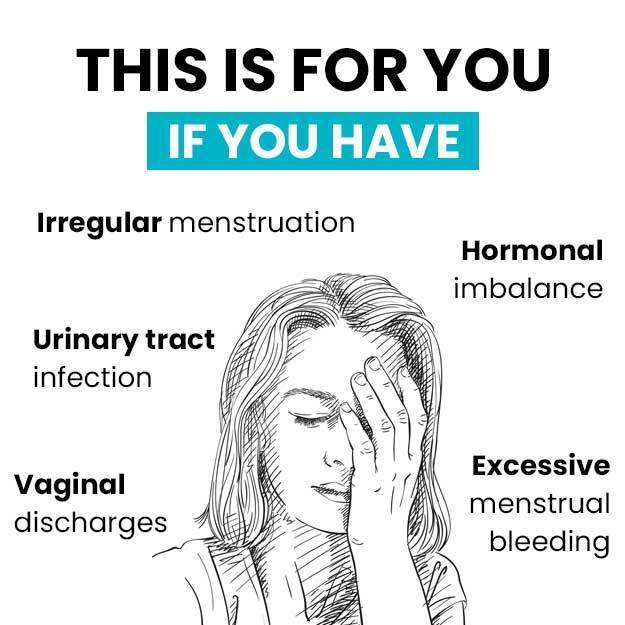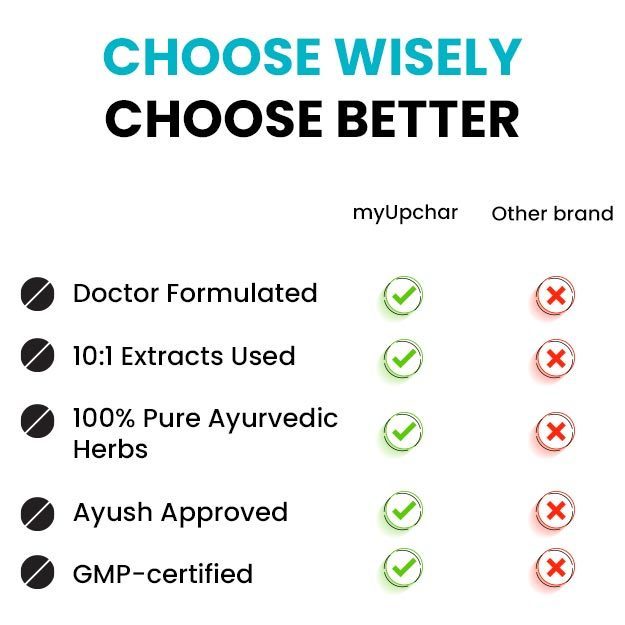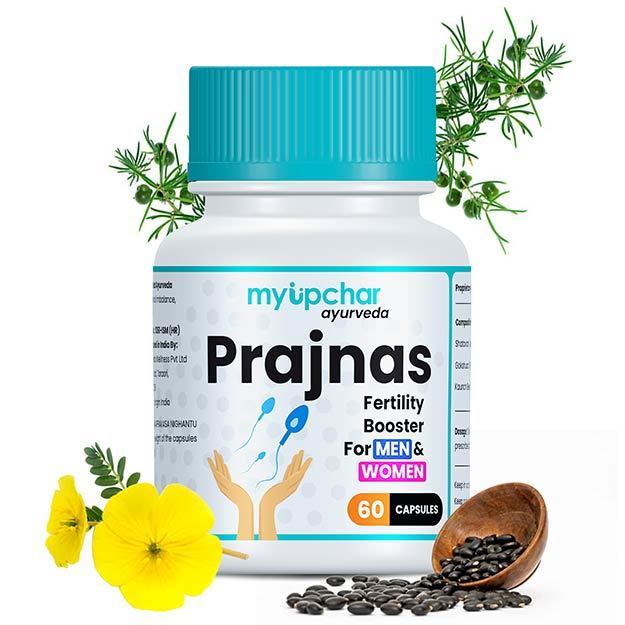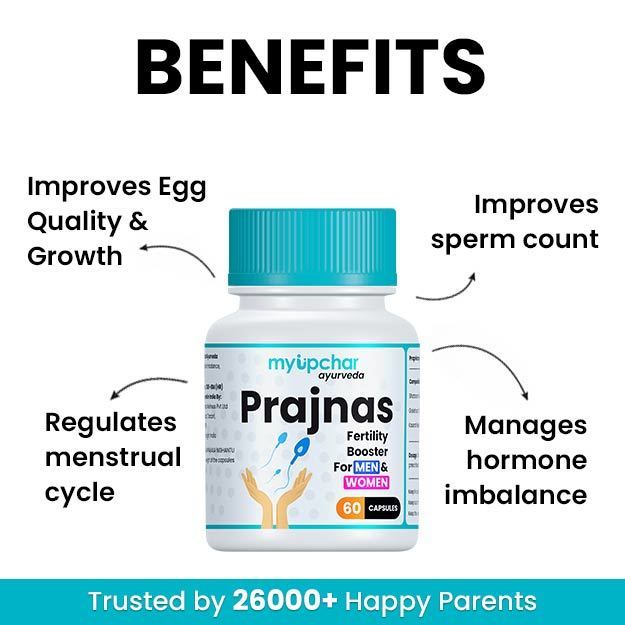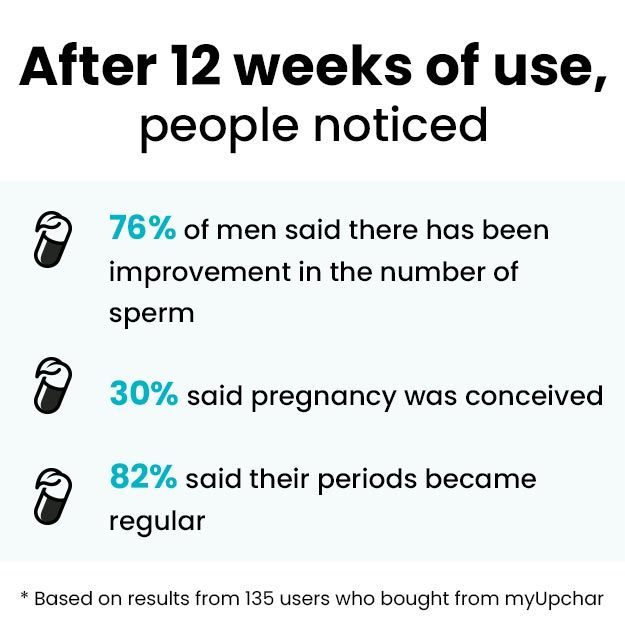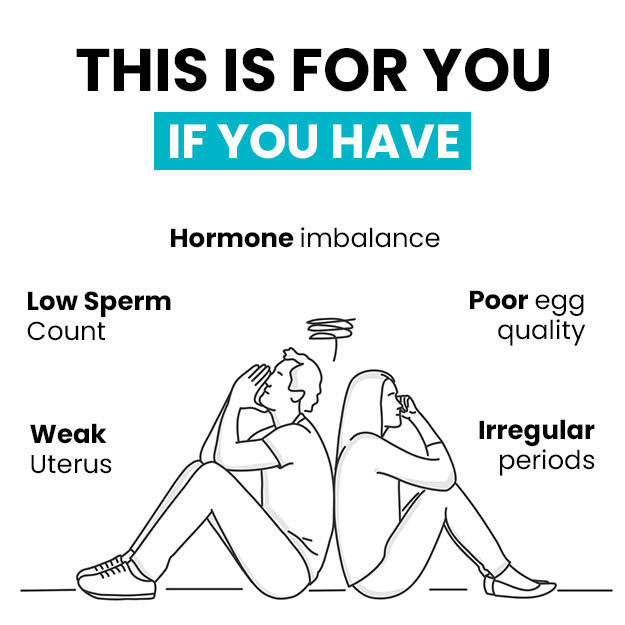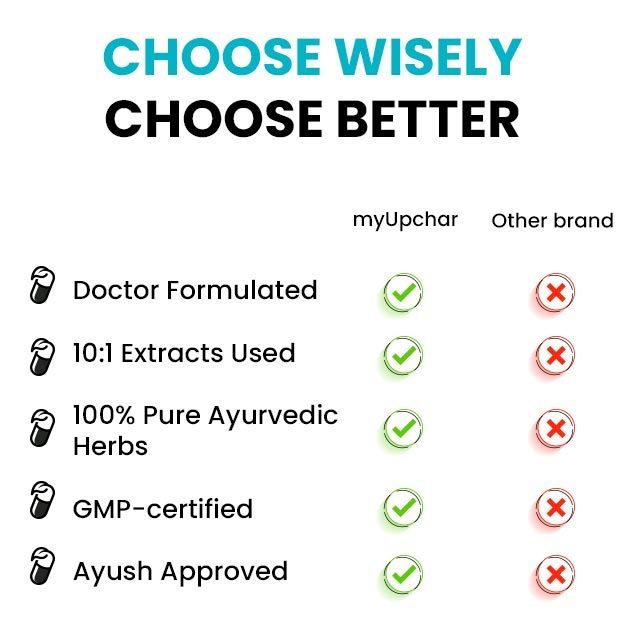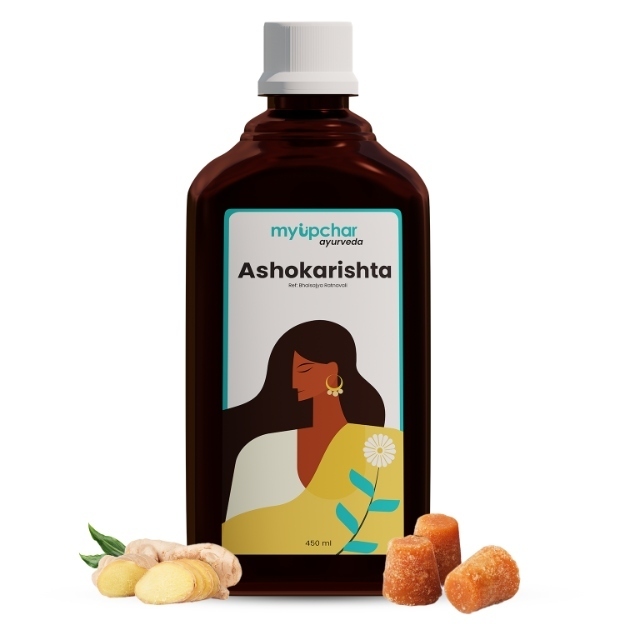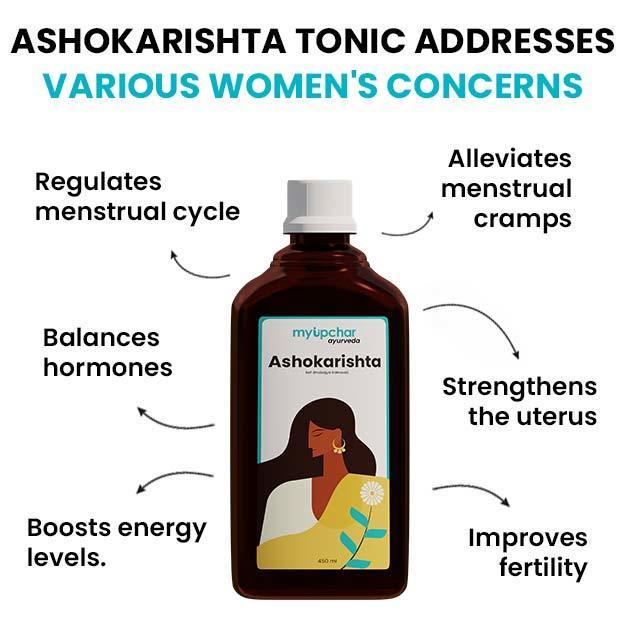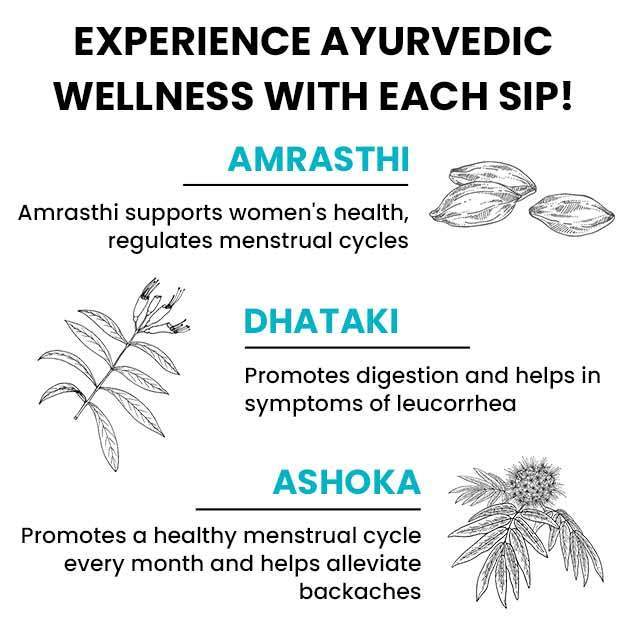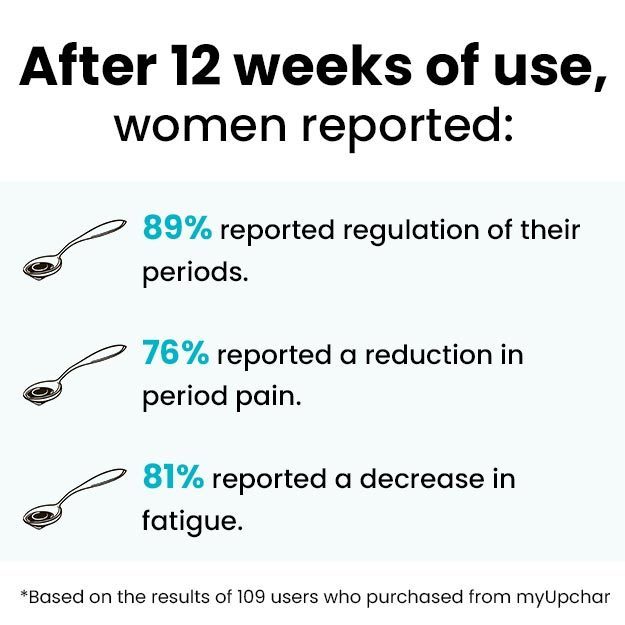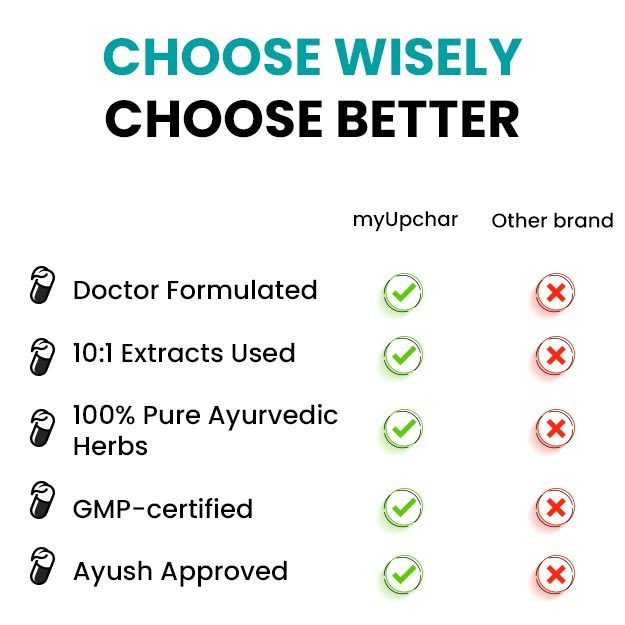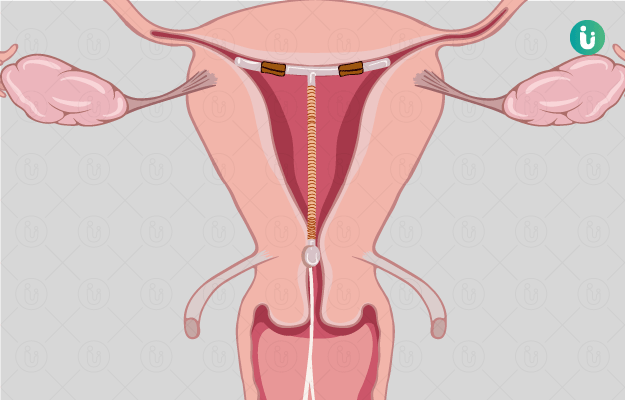Giving birth to a child is perhaps one of the most difficult and long processes in this world. The gestation period of pregnant women is a little more than nine months and during pregnancy both the mother and the baby in the womb need a lot of care. This includes things like proper diet, exercise, regular health checkup of the fetus and the pregnant woman and adequate rest. At the end of this period of pregnancy, the baby (there can be more than one child) is delivered, although many children are also born prematurely.
(Read more- Relief During Childbirth)
If labor pain starts before time or the woman delivers prematurely, then it cannot be planned in advance, but usually, the pregnant woman can choose the option of how she wants to give birth to her child. At present, various options for giving birth to a child are available all over the world. The most common methods of delivery include:
- Vaginal delivery or natural birth
- Cesarean delivery
- Water birth
- Vaginal birth after cesarean delivery
- Scheduled induction birth
You can choose your method of delivery based on your preference and the health condition of you and your baby. Many women feel that normal vaginal delivery is very painful, so they opt for a cesarean delivery. But the reality is that every method has its own advantages and disadvantages. In this article, we will talk about water birth.
(Read more - Pros and cons of natural birth and C section)
Very few people in India may know about water birth, but this method of giving birth to a child is quite famous in foreign countries. However, after celebrities like Bollywood actress Kalki Koechlin and model-actress Bruna Abdullah chose the option of water birth for their child's delivery, now there are many women who are choosing water birth for delivery.
In many studies too, water birth has been considered as safe as traditional methods of delivery. Recently, a new study conducted in America regarding water birth revealed that a child born through water birth in the hospital had no higher risk of being kept in the Neonatal Intensive Care Unit (NICU) or Special Care Nursery as compared to those children who were born without water birth in the control group. This study has been published in the journal Obstetrics and Gynecology. So what is water birth and what can be the advantages, disadvantages or risks of choosing this method of delivery, read here to know about it.
(Read more - Vacuum Assisted Delivery)

